
 Flash News
Flash News
Today's hearing at the Fier Court, Salianji requests conditional release
Taxi collides with truck on Lezhë-Shkodër axis, driver taken to Trauma in serious condition
At least 91 dead in Texas floods
A decomposed body is found in Kolonjë, initial suspicions
Accident in Saranda, car hits motorcycle, one injured
Cilin model do të ndjekë Trump me Ukrainën? Chamberlain apo Eisenhower?
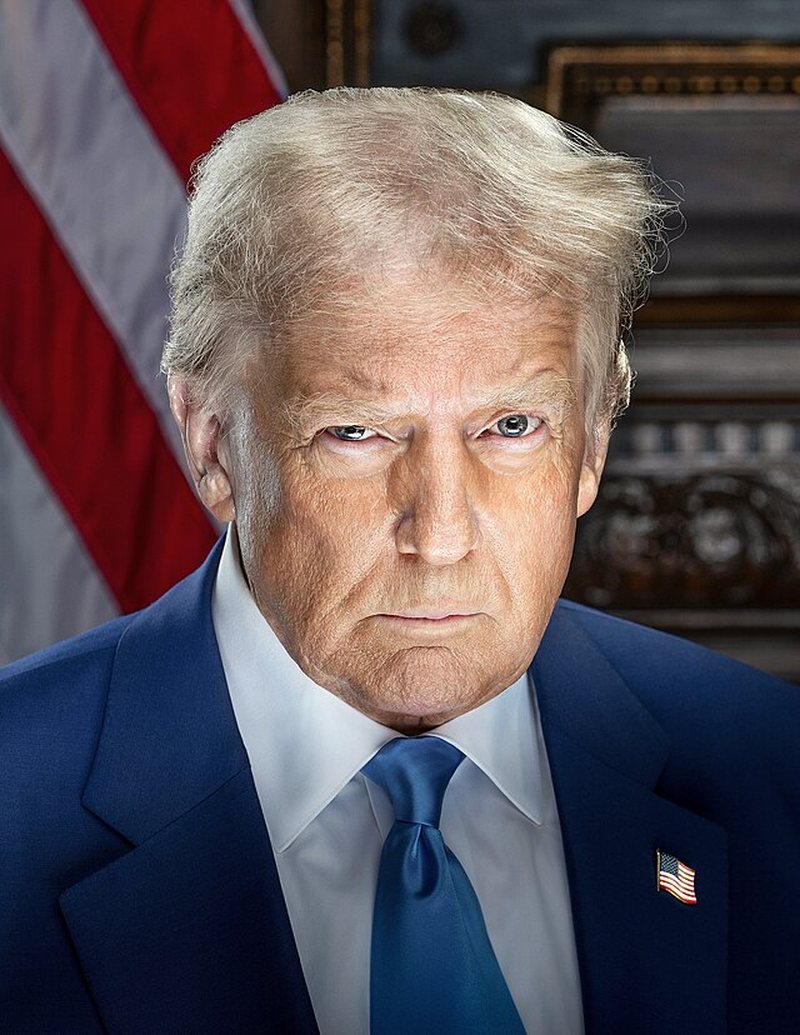
Paul Wolfowitz/ Wall Street Journal
Mark Twain supposedly said history doesn’t repeat itself, but sometimes it rhymes. My colleague Stephen Kotkin, an eminent historian of Russia, puts it this way: “history doesn’t repeat itself, but it does have recognizable patterns.”
Secretary of State Marco Rubio, national security adviser Mike Waltz and anyone else in President Trump’s circle with a sense of 20th-century history should remind him of two contrasting patterns for ending or preventing a brutal war. One leads to lasting peace; the other, to disaster. For shorthand, they might be called Eisenhower 1953 and Chamberlain 1938.
President Dwight Eisenhower’s pattern was effective diplomacy backed by the credible threat of force, followed by a strong deterrence posture. In 1953, as the Korean War dragged on, Eisenhower signaled that the U.S. was willing to escalate militarily if necessary. This, combined with a change in the attitude of the Soviet Union following Stalin’s death, produced an armistice that ended the bloodbath and has held for more than 70 years. Although the North Korean regime remains hostile and oppressive, the peace has endured.
British Prime Minister Neville Chamberlain’s pattern was the opposite. The September 1938 Munich Agreement forced Czech Prime Minister Edvard Beneš to cede his country’s most defensible territory—the westernmost Sudetenland—in exchange for empty German promises to Chamberlain and his French counterpart, Édouard Daladier. After a meeting with Hitler and Mussolini from which Czechoslovakia was excluded, Chamberlain returned to London waving a piece of paper he called “peace for our time.”
“Our time” passed in the blink of an eye. Within six months, Hitler seized the rest of Czechoslovakia. Within a year, he had occupied Poland, followed by Denmark, Norway, the Netherlands, Belgium, Luxembourg, France, Yugoslavia and Greece. After the French collapsed, Britain barely escaped total disaster at Dunkirk.
Chamberlain wasn’t wrong to fear a war so terrible that British citizens would “be digging trenches and trying on gas masks” because of what he called “a quarrel in a faraway country between people of whom we know nothing.” But appeasement didn’t prevent war—it invited it. Chamberlain’s misplaced trust in Hitler failed to prevent the war that he feared and made it much costlier than a defense of Czechoslovakia would have been.
History never repeats exactly—Ukraine today is different from Czechoslovakia in 1938, and Chamberlain was trying to prevent a war, whereas Ike was trying to stop one. But the Chamberlain pattern remains relevant. Mr. Trump isn’t wrong to want to stop seemingly endless bloodshed. And Ukraine’s Volodymyr Zelensky isn’t wrong to warn against paper agreements with a tyrant who has a record of breaking them. The question is whether Mr. Trump chooses the path of Eisenhower or Chamberlain.
There’s much anxiety, particularly in Ukraine and elsewhere in Europe, about the conspicuous failure of diplomacy at the recent Oval Office meeting. Yet one must be careful about drawing too many conclusions from individual indications, particularly when a lot may be going on behind the scenes. For instance, although negotiating with Vladimir Putin without the Ukrainians present follows the disturbing Chamberlain pattern, this week’s planned summit in Saudi Arabia between the U.S. and Ukraine could be a positive sign of a different direction.
Eisenhower faced significant challenges in dealing with South Korean President Syngman Rhee, who faced domestic pressure to pursue total victory. Mr. Zelensky faces comparable pressure. He will likely need to compromise on the open-ended promise, often voiced by the Biden administration, to fight for “as long as it takes.” Convincing the Ukrainian people to accept a compromise armistice that leaves Russia occupying significant portions of eastern Ukraine won’t be easy. But it will likely be necessary to achieve an enduring end to the, war, since there is little chance that Mr. Putin will agree to full restoration of the Ukrainian sovereignty and territorial integrity, which Russia promised to respect when it signed the Clinton administration’s 1994 Budapest Memorandum.
To gain public support for an unpopular compromise, Mr. Zelensky will need firm assurances of continued arms supplies to deter Russian aggression, along with a European military presence on the ground, backed by the U.S. In addition, Ukraine will require massive financial assistance for reconstruction, particularly from wealthy nations in Europe that have the greatest stake in the outcome. The American people need to see that the burden of preserving peace is being shared.
Ultimately, Ukrainians should envision victory not in terms of regaining lost territory but as rebuilding and strengthening western Ukraine as a free, sovereign, independent and flourishing nation like South Korea. Even though Koreans north of the armistice line suffer terribly under one of the world’s most tyrannical dictatorships, South Korea can fairly claim that it won that war by stopping when it did and saving uncountable thousands of lives.
From the outside, we can’t know whether Mr. Trump is following the Chamberlain pattern. If he is, he has time to change course. He still has the opportunity to follow the example of Eisenhower, the bold but prudent leader who knew when and how to stop a bloody and costly war.
Mr. Wolfowitz is a distinguished visiting fellow at the Hoover Institution. He served as U.S. ambassador to Indonesia (1986-89) and deputy defense secretary (2001-05).
Latest news

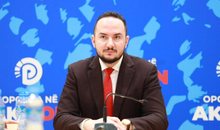
Today's hearing at the Fier Court, Salianji requests conditional release
2025-07-08 08:56:39

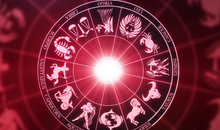
Horoscope, what do the stars have in store for you today?
2025-07-08 08:16:19
Weather forecast/ How temperatures will vary throughout the day
2025-07-08 08:02:37
Morning Post/ In 2 lines: What mattered yesterday in Albania
2025-07-08 07:48:30

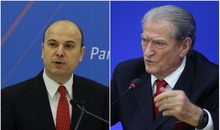



Marrëdhënia që s’është romancë, por s’është as thjesht kolegiale
2025-07-07 21:39:13
Citizen is asked to pay 2.5 million for a non-existent meter
2025-07-07 21:28:03




What is the ideal air conditioner temperature in summer?
2025-07-07 20:53:46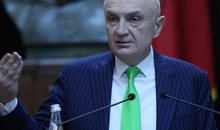
GJKKO left him in prison, Meta appeals the decision
2025-07-07 20:38:05
Where is Ronaldo after missing Diogo Jota's funeral?
2025-07-07 20:38:04

Messages from the author who killed Ilaria Sulla in Rome are revealed
2025-07-07 20:20:12
At least 91 dead in Texas floods
2025-07-07 20:12:02
Elbasan, choked by smoke, scorched by conscience
2025-07-07 19:48:16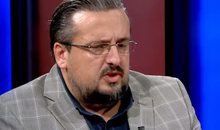

Swarm of bees attacks citizens in France, 24 people end up in hospital
2025-07-07 19:32:03
Dementia/Hearing loss may be a warning sign
2025-07-07 19:13:06
The decision for Malltez, Gjokutaj: Boomerang for SPAK and the Court
2025-07-07 19:01:08

Former Supreme Court member acquitted of asset concealment
2025-07-07 18:36:40

WIIW expert in Politiko: Brain drain is steadily weakening the Albanian economy
2025-07-07 18:11:41
Heart health is at risk from extreme heat, here's what you should be careful of
2025-07-07 18:10:18
Today Gert Bogdani would celebrate, Edlira Çepani's touching dedication
2025-07-07 17:40:45


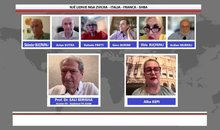



The striker severely accuses the Fenerbahce club: They tried to drug me
2025-07-07 16:21:03
A decomposed body is found in Kolonjë, initial suspicions
2025-07-07 16:03:31
Accident in Saranda, car hits motorcycle, one injured
2025-07-07 15:58:56

The most fertile age for men and women
2025-07-07 15:40:52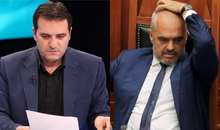
Locals, Rama candidate in 5 municipalities
2025-07-07 15:32:22
Blushi: Meta's criminal kidnapping, incomparable even to Navalny's in Russia
2025-07-07 15:20:34
Meet the iPhone 17 Pro, the main innovations in design and technology
2025-07-07 15:09:09
Why the release of Abi Malltez does not free him; much less Albania
2025-07-07 15:00:12
‘Lidhjet klienteliste’ të mjekëve mbushin recetat e pacientëve
2025-07-07 14:57:33
Poland imposes border controls with Germany and Lithuania
2025-07-07 14:48:15

Caught transporting firearms from Kosovo to Albania, young man arrested (NAME)
2025-07-07 14:37:47
Theo Hernandez flies to Saudi Arabia for medical check-ups
2025-07-07 14:26:47
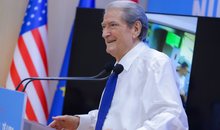

Scorching heat, Greece orders mandatory work holidays
2025-07-07 13:54:25



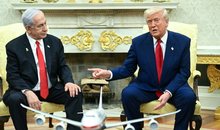
Trump expects Netanyahu to discuss Gaza ceasefire
2025-07-07 12:54:27
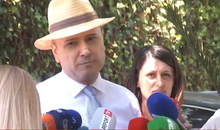
GJKKO releases Jamarbër Malltezi from house arrest
2025-07-07 12:35:02
Tourism among contrasts
2025-07-07 12:31:01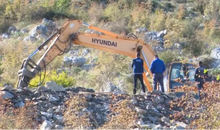
IKMT action in Theth, starts demolition of unauthorized constructions
2025-07-07 12:24:18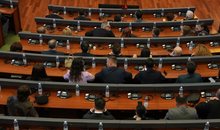

The Tirana-Kamëz line is destroyed by urban fire
2025-07-07 12:00:24
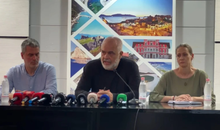

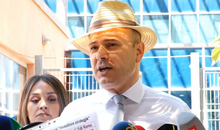

Poor direction!
2025-07-07 11:16:01
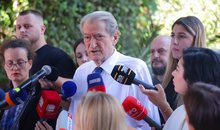

Rama to gather the country's mayors on July 9
2025-07-07 10:43:31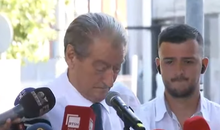

Ohrid Natural Park on the way to UNESCO's "black list"
2025-07-07 10:25:58

Registrations for the new school year begin in e-Albania
2025-07-07 09:59:09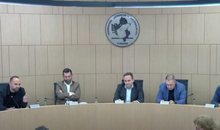
KAS decides the "fate" of the elections in four districts of the country today
2025-07-07 09:50:51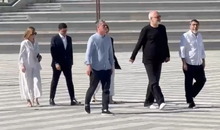
Rama does not give up on Vlora, visits the municipality again
2025-07-07 09:39:11
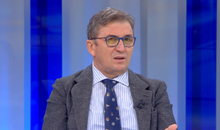

Fires in Gjirokastra, flames very close to cultural monuments
2025-07-07 09:12:49

Foreign exchange, the rate at which foreign currencies are sold and bought
2025-07-07 08:39:57

Horoscope, what do the stars have in store for you today?
2025-07-07 08:14:17
The week starts with scorching temperatures, the thermometer reaches 37°C
2025-07-07 07:58:36
Morning Post/ In 2 lines: What mattered yesterday in Albania
2025-07-07 07:45:15

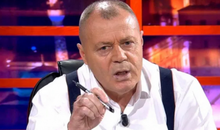

Theologian: Behind Rama's idea for a Bektashi state in Albania, Israel is hiding
2025-07-06 20:57:48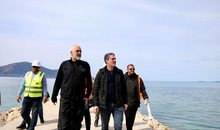
Rama's rhetoric without standards, comparing Paris, London, New York with Vlora
2025-07-06 20:35:52
Vehicle goes off the road, driver dies in Kukës
2025-07-06 20:07:47
What is the possible agreement on the Gaza hostages and the ceasefire?
2025-07-06 19:47:09
